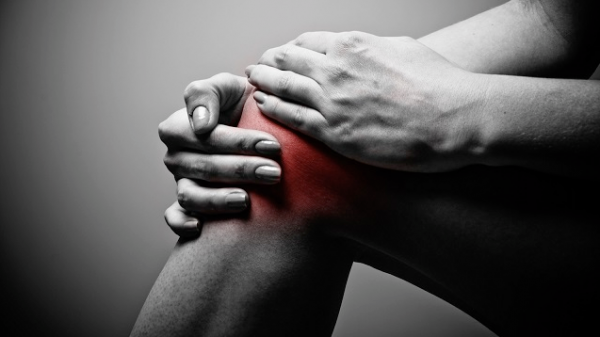Is Cycling Bad for Your Knees?
 Because bicycling requires repeated use of the knee joint, many question the sport’s role in knee-related pain and injury. Like any athlete, cyclists are susceptible to overuse injuries. But is their choice of sport increasing their vulnerability and making them more prone to knee damage?
Because bicycling requires repeated use of the knee joint, many question the sport’s role in knee-related pain and injury. Like any athlete, cyclists are susceptible to overuse injuries. But is their choice of sport increasing their vulnerability and making them more prone to knee damage?
The Good News
Many rehabilitation programs include some form of bicycle work, whether on an upright stationary bike or a recumbent one. This is because bicycling is a low-impact sport. Cycling preserves the knee from any jarring impact experienced during sports such as running.
It’s also a non-weight bearing form of exercise. Unlike walking or weight-training, cycling puts a minimum amount of pressure on the joint. This makes cycling a gentler sport that is well-suited for those recovering from injury, or as an introductory sport for those not accustomed to regular exercise.
Cycling targets the muscles in your legs. In particular, regular bicycling strengthens the quads and hamstrings, which are the main muscles that support the knee joint. The quadricep muscles, for instance, provide the knee with lateral positioning. In other words, these muscles are responsible for stabilizing the joint, preventing it from moving sideways.
The Bad News
Because of the repetitive nature of cycling, it can lead to overuse injuries. As is true with any sport, pushing too much too soon will open an athlete up to inflammation, or worse. Any change in training can lead to pain or discomfort, so it’s important to always ease the body into a new routine. If you feel pain, stop! Address the issue and then continue to push yourself when you are feeling healthy.
Regular cycling can lead to unevenness in the muscles, which can manifest as knee pain. Because there are several muscles in charge of stabilizing and supporting the knee joint, any imbalance can be harmful. Clipless pedals can help with muscle imbalance issues, as they engage the muscles through the entire pedaling process. Additionally, many cyclists need to supplement their riding with strength training as their quadriceps are overdeveloped and their hamstrings and glutes are underdeveloped; this imbalance puts unnecessary stress on the knees.
Not paying enough attention to pedalling technique can also be bad news for a cyclist’s knees. Consistently riding with poor technique will put stress on the knee, eventually leading to soreness or damage. Improper seat height and position can force a rider to rotate the knees out or in. Other factors that can throw off a rider’s form are poor pedal alignment and improper cleat positioning. Making sure the bike is properly fitted and paying attention to technique can go along way toward preserving the knee from injury.
Best Practices
- Get a proper bike fit – saddle position, fore aft saddle position, saddle tilt, cleat position and overall bike fit are a major contributor to knee pain cycling.
- Warm up – Like any sport warming up is crucial, you can’t just get on the bike and hammer.
- Form – Focusing on proper pedalling technique will put less stress on your knees.
- Clipless pedals – If you clip in (as long as you have sufficient float) can help muscle imbalance and proper knee alignment.
- Too much, too soon – Do not over do it, make sure to only increase duration, frequency or intensity a maximum of 10% per week.
- Stop when you feel pain – Too many cyclists do not listen to their body, if you feel pain stop! Don’t push through it. Figure out what is bothering your knee and fix it.
The Bottom Line
All sports increase a person’s risk of injury to some degree. Physical therapists agree, however, that biking can strengthen and increase the range of motion of the knee joint, and is better for the knees than almost any sport. By paying attention to form, getting a proper bike fit and being careful not to over train, cyclists can reduce the risk of damage to their body and enjoy the sport for a long time to come.